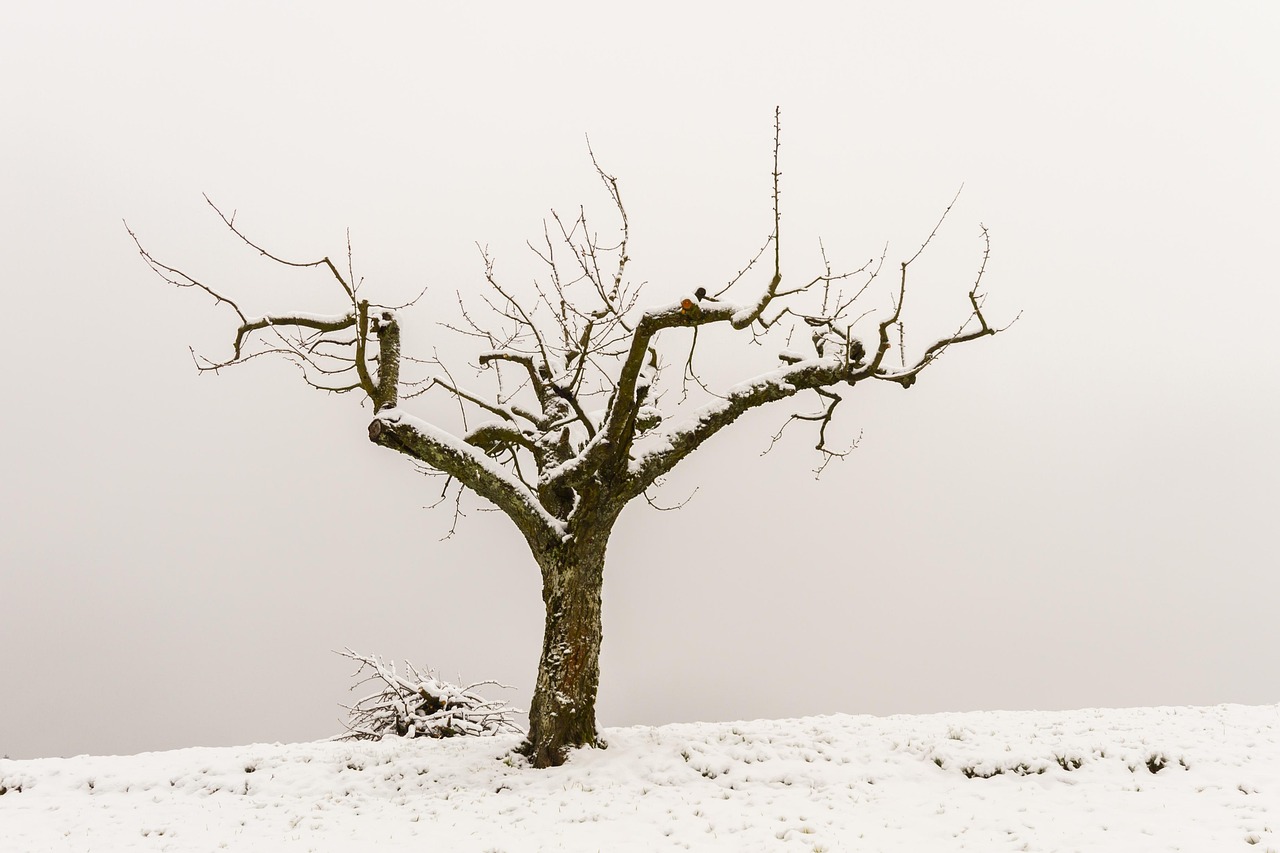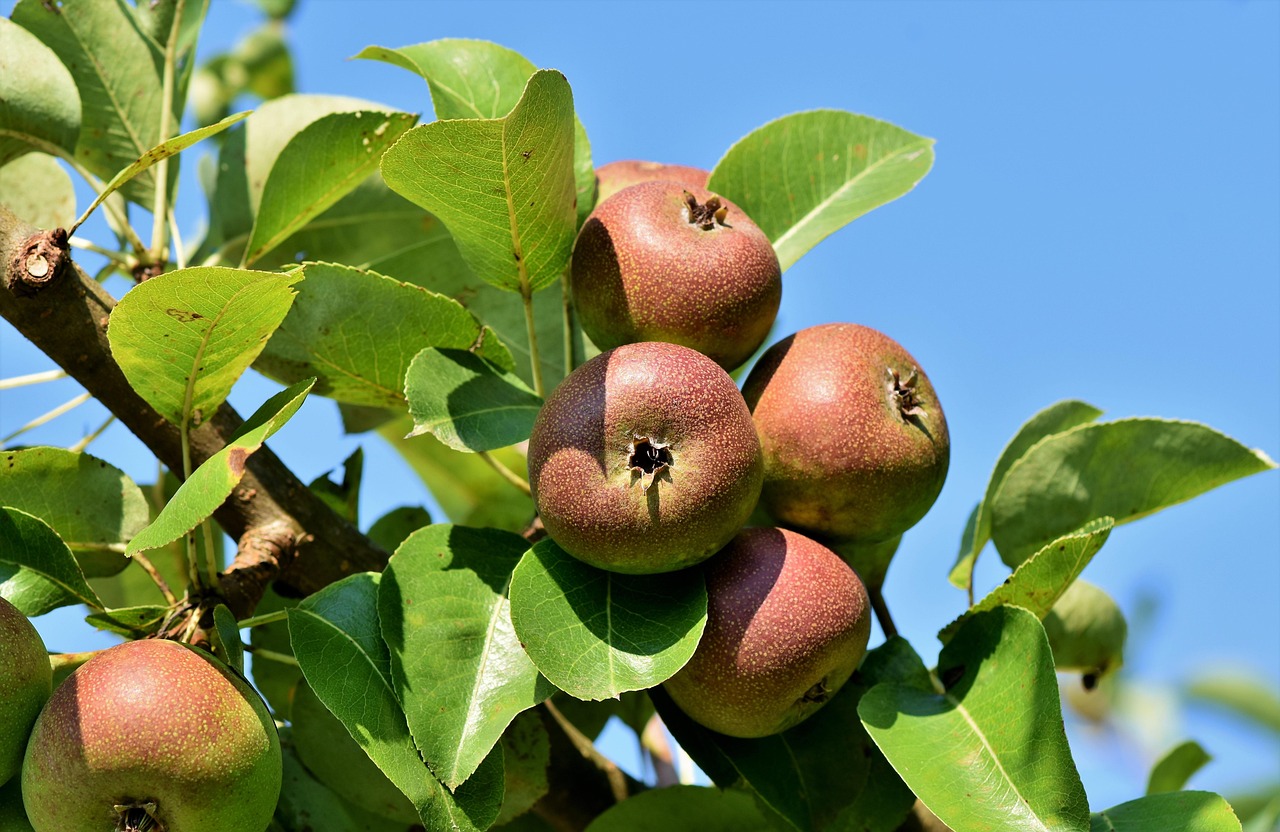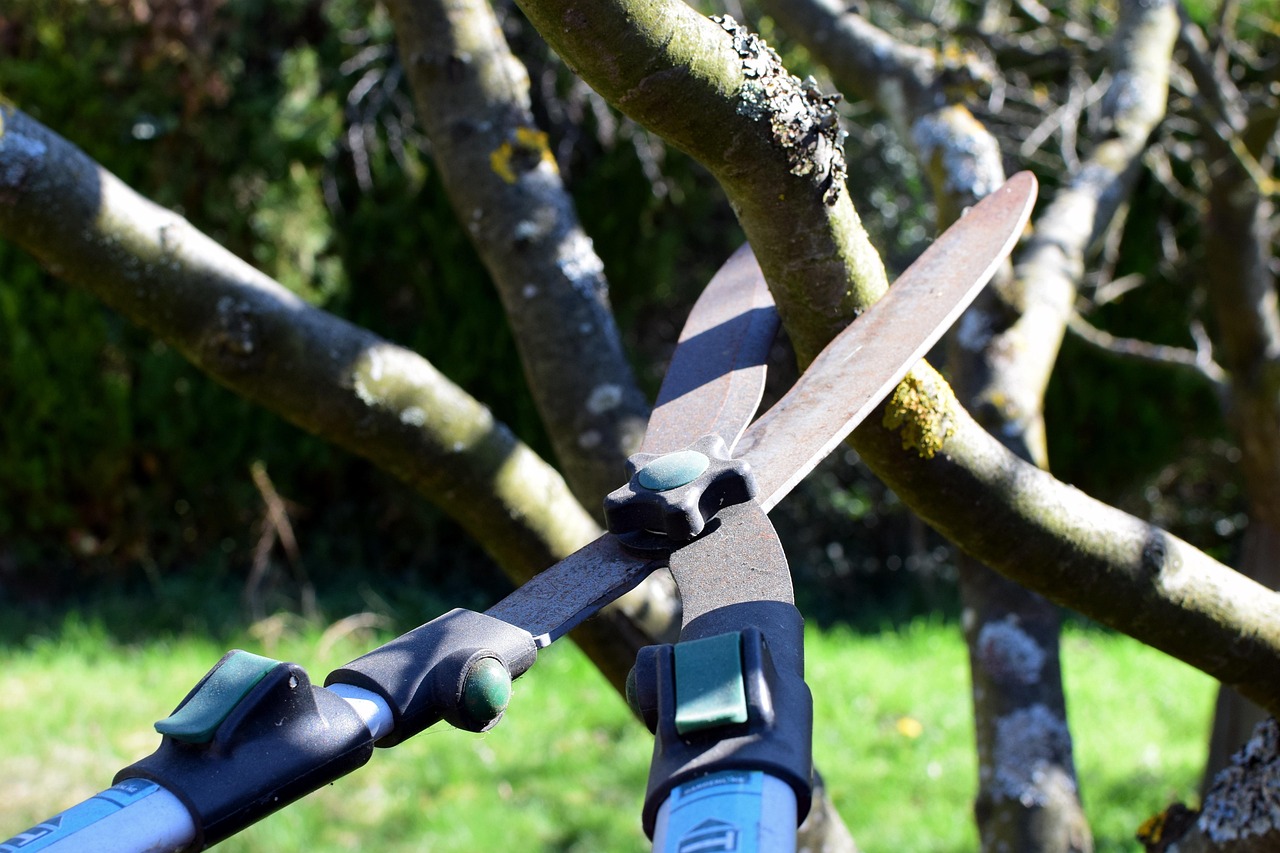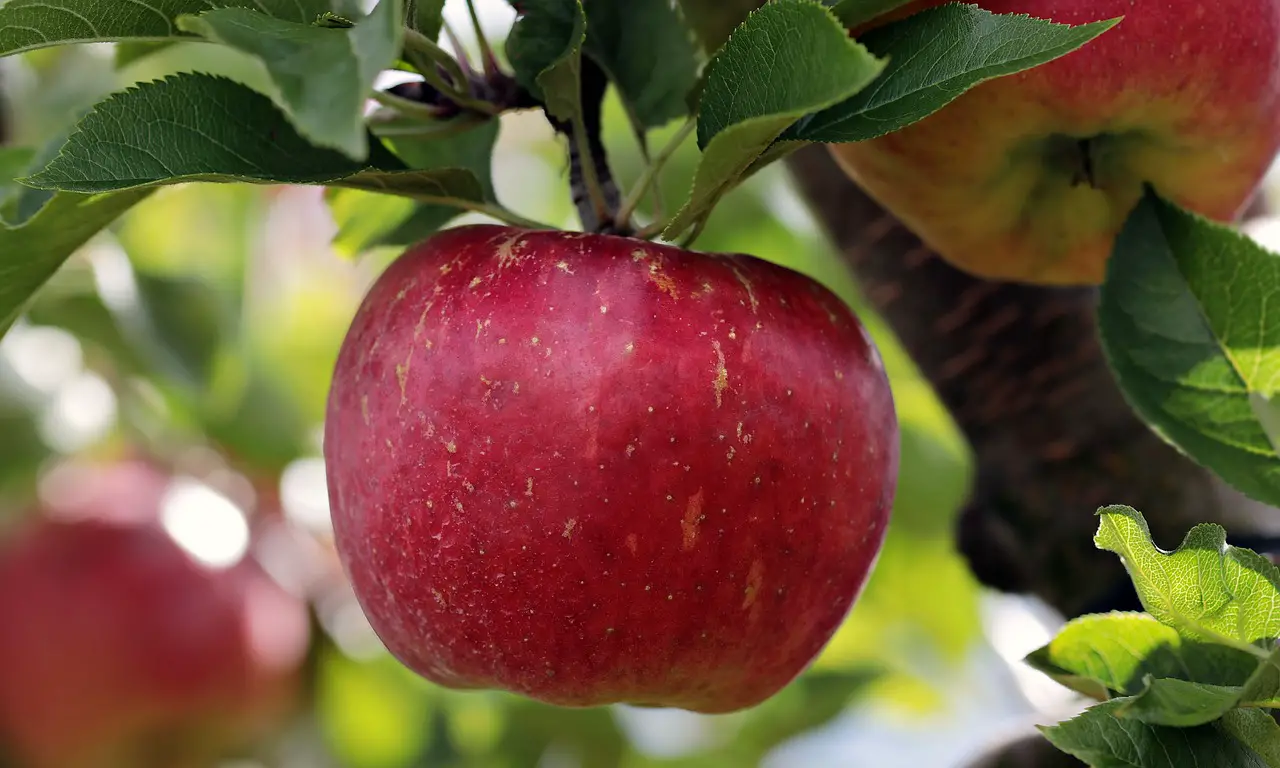Apple tree pruning is essential for new cultivars to promote healthy growth, improve fruit quality, and maintain tree structure. Proper techniques vary by cultivar but generally focus on removing dead wood, encouraging open canopies, and shaping trees to facilitate sunlight penetration and air circulation.
Understanding Apple Tree Pruning
Pruning apple trees is a critical horticultural practice that significantly affects the yield and health of the trees. New cultivars often have unique characteristics, making it essential for growers to adapt their pruning techniques accordingly. The goal is to maximize fruit production while maintaining the tree’s overall vigor and structure.

Pruning serves several purposes. It helps to:
- Remove dead or diseased branches
- Encourage new growth
- Improve air circulation
- Facilitate sunlight penetration
- Control the size and shape of the tree
The timing of pruning is also crucial. Ideally, apple trees should be pruned during the late winter or early spring when they are dormant. This timing reduces stress on the tree and minimizes the risk of disease. However, specific cultivars may have particular requirements, so it is essential to understand the needs of each type.
Types of Apple Tree Cultivars
Apple cultivars can be broadly categorized into two types: standard and dwarf. Each type has distinct growth habits that influence pruning practices.

| Type | Description | Pruning Considerations |
|---|---|---|
| Standard | Tall trees that require more space and time to mature. | Focus on creating a central leader and maintaining an open canopy. |
| Dwarf | Smaller trees with a compact growth habit. | Emphasize shaping for easy harvest and maximizing fruit production. |
Different cultivars may also have varying fruiting habits. Some may produce fruit on spurs, while others may bear fruit on new growth. Understanding these differences is vital for effective pruning. For example, cultivars like ‘Honeycrisp’ produce fruit on spurs, requiring careful attention to maintain these fruitful branches during pruning.
Essential Pruning Techniques
There are various techniques used in apple tree pruning. Here are some essential methods:
- Thinning: This involves removing entire branches to increase light penetration and air circulation within the canopy. Thinning is particularly important for new cultivars that may grow densely.
- Heading Back: This involves cutting back branches to encourage bushier growth. It helps control the size of the tree and promotes new shoot development.
- Cleaning: This technique focuses on removing dead, damaged, or diseased wood. It is essential for maintaining tree health and preventing the spread of disease.
When employing these techniques, it is important to use sharp, clean tools to make smooth cuts. Dull or dirty tools can damage the tree and introduce pathogens. Always make cuts at a slight angle to promote water runoff and reduce the risk of rot.

Factors Influencing Pruning Decisions
Several factors can influence how and when you prune your apple trees:
- Cultivar Characteristics: Different apple varieties have unique growth patterns and fruiting habits that dictate specific pruning needs.
- Tree Age: Young trees require different techniques compared to mature trees. Young trees need formative pruning, while older trees may require maintenance pruning.
- Pest and Disease Pressure: If trees are under threat from pests or diseases, timely pruning can help mitigate these issues by removing affected areas.
Caring for new cultivars also involves regular monitoring for signs of stress or health issues. Keeping a close eye on the tree’s growth after pruning can help identify any necessary adjustments in care or pruning practices.
In summary, understanding the specific needs of new apple tree cultivars is key to successful pruning. By applying the right techniques at the appropriate times, growers can ensure their trees remain healthy and productive for years to come.

Pruning Tools and Techniques
To achieve effective apple tree pruning, having the right tools is essential. The proper tools not only make the job easier but also ensure cleaner cuts that promote faster healing. Here are some commonly used tools for pruning apple trees:
- Bypass Pruners: Ideal for cutting small branches. They work like scissors, providing a clean cut.
- Loppers: Useful for thicker branches. They have long handles for added leverage.
- Hand Saws: Best for larger branches that cannot be cut with pruners or loppers.
- Pruning Shears: Excellent for shaping and maintaining the overall structure of the tree.
- Pole Pruner: For high branches out of reach. They extend your reach significantly.
Before starting, it is vital to prepare your tools. Ensure all blades are sharp and clean to prevent disease transfer. This preparation is crucial, especially when working with new cultivars, as they may be more susceptible to infections.
Pruning Techniques Explained
Understanding various pruning techniques can optimize the growth and production of apple trees. Here are some effective techniques to consider:
Crown Thinning
Crown thinning involves selectively removing branches throughout the tree’s canopy. This technique encourages light penetration and air circulation, reducing the risk of fungal diseases.
- Benefits: Enhances fruit quality and promotes even fruit ripening.
- When to Use: Best performed in late winter or early spring before new growth begins.
Crown Reduction
Crown reduction focuses on reducing the overall size of the tree while maintaining its natural shape. This technique is particularly useful for controlling vigorous new cultivars that tend to grow rapidly.
- Benefits: Makes maintenance easier and improves light access to lower branches.
- When to Use: Can be performed during regular maintenance pruning or as needed when the tree becomes too large.
Training Young Trees
Training young apple trees is essential for establishing a strong structure that supports fruit production. The following training methods are commonly used:
- Central Leader Training: This method encourages a single main trunk with lateral branches. It helps create an open canopy for better light exposure.
- Open Center Training: This technique involves removing the central leader to allow multiple main branches to grow. It is suitable for certain cultivars that thrive in an open system.
Both methods require ongoing maintenance to ensure that the tree develops the desired structure. Regular assessments should be made to guide young trees effectively.
Managing Growth and Fruit Production
The balance between vegetative growth and fruit production is crucial when pruning apple trees. Overly vigorous growth can lead to a lack of fruiting, while excessive fruiting can stress the tree. Here are techniques to manage this balance:
- Summer Pruning: This involves pruning during the growing season to control excessive growth. It can redirect energy towards fruit production.
- Thinning Fruit: Reducing the number of apples on a tree can improve the size and quality of remaining fruit. Aim for about 4-6 inches between fruit clusters.
Pest and Disease Management During Pruning
Pest and disease management is an integral part of apple tree care, especially during pruning. Proper techniques can help mitigate risks associated with infections and infestations. Here are some strategies:
- Inspect Trees Regularly: Before pruning, examine trees for signs of disease or pest damage. Remove affected areas promptly.
- Cleansing Tools: Disinfect pruning tools between cuts, especially when working with infected trees. A solution of bleach and water or rubbing alcohol can be effective.
- Avoid Wounding Trees: Make clean cuts and avoid damaging the bark, as wounds can become entry points for pests and pathogens.
By observing these practices, growers can maintain healthy trees and ensure successful fruit production throughout the growing season.
Timing Your Pruning Sessions
The timing of pruning sessions significantly impacts the health and productivity of apple trees. Understanding when to prune based on the tree’s growth cycle is crucial. Here are some guidelines:
- Dormant Season (Late Winter to Early Spring): This is the most common time for pruning. Trees are dormant, reducing stress and promoting vigorous growth once spring arrives.
- Post-Harvest Pruning: Some growers prefer a light pruning after harvest to prepare trees for winter. This method helps remove any damaged or diseased wood while allowing healthy branches to remain intact.
By aligning pruning activities with the tree’s natural cycles, growers can optimize both growth and fruiting potential in new cultivars.
Common Mistakes in Pruning Apple Trees
While pruning is vital for the health and productivity of apple trees, many growers make common mistakes that can hinder growth or even harm the tree. Being aware of these pitfalls can help ensure that pruning is beneficial rather than detrimental.
- Over-Pruning: Removing too many branches can stress the tree and reduce its ability to produce fruit. It is essential to strike a balance between opening up the canopy and maintaining enough foliage for photosynthesis.
- Improper Timing: Pruning at the wrong time can lead to excessive sap loss or damage from late frosts. Always prune during the appropriate season based on the tree’s growth cycle.
- Ignoring Tree Health: Failing to assess the overall health of the tree before pruning can result in overlooking diseased or dead wood that should be removed.
- Using Dull Tools: Tools that are not sharp can result in jagged cuts that are more prone to disease. Always ensure tools are well-maintained before starting work.
Signs of a Healthy Tree
Understanding what constitutes a healthy apple tree can guide growers in making effective pruning decisions. Here are some signs of a healthy apple tree:
- Vibrant Leaves: Healthy trees have bright green leaves that are free from discoloration or spots.
- Strong Growth: New growth should be visible each season, indicating that the tree is thriving.
- No Signs of Pests: A lack of pests or disease symptoms is a positive indicator of tree health.
- Fruit Production: Consistent fruit production year after year shows that the tree is healthy and well-maintained.
Understanding Apple Tree Growth Patterns
Different apple cultivars exhibit unique growth patterns, which influence how they should be pruned. Understanding these patterns can help tailor pruning techniques to maximize yield and promote tree health.
Annual Growth Cycles
Apple trees typically have distinct growth cycles throughout the year. Understanding these cycles helps growers know when to prune and how much to remove:
- Spring: Trees begin to grow new buds and leaves. This is a crucial time for monitoring growth patterns and evaluating which branches to keep or remove.
- Summer: This period sees rapid growth. Summer pruning can be beneficial for controlling size and directing energy towards fruit production.
- Fall: Trees prepare for dormancy, storing energy in their roots. This is an excellent time for light pruning and preparing for winter.
- winter: Dormant trees are best pruned during this season, as it promotes vigorous growth in spring.
Fruit Bearing Habits
Different cultivars also have specific fruit-bearing habits that affect pruning practices:
- Spur-Bearing Cultivars: Varieties like ‘Fuji’ and ‘Gala’ produce fruit on short spurs, requiring careful attention to preserve these fruitful branches during pruning.
- Tip-Bearing Cultivars: Varieties such as ‘Granny Smith’ produce fruit on the tips of new growth. Pruning should focus on promoting new shoots to ensure fruit production.
The Role of Nutrition in Tree Health
Nutritional factors play a significant role in the overall health of apple trees. Proper nutrition can enhance the effectiveness of pruning and result in a more productive tree. Here are some essential nutrients to consider:
| Nutrient | Role in Tree Health | Sources |
|---|---|---|
| Nitrogen | Promotes leaf and shoot growth. | Organic compost, manure, and synthetic fertilizers. |
| Phosphorus | Supports root development and flowering. | Bone meal, rock phosphate, and fish emulsion. |
| Potassium | Aids overall tree function and fruit quality. | Kelp meal, greensand, and potassium sulfate. |
| Calcium | Helps with cell wall structure and fruit strength. | Lime, gypsum, and crushed eggshells. |
A soil test can help determine nutrient levels and deficiencies. Based on the results, growers can amend soil to provide optimal nutrition for their apple trees.
Pest Management Strategies Post-Pruning
After pruning, it is crucial to implement pest management strategies to protect apple trees from potential infestations. Here are some effective approaches:
- Regular Inspections: Conduct frequent checks on trees for any signs of pests or diseases after pruning. Early detection is key to managing infestations.
- Use of Organic Pesticides: Consider using organic options like neem oil or insecticidal soap as a preventive measure against common pests.
- Cultural Practices: Implement practices such as crop rotation and proper sanitation to deter pests from establishing themselves around apple trees.
By maintaining vigilance after pruning, growers can ensure their apple trees remain healthy and productive throughout the growing season.
Additional Considerations for Successful Pruning
As you continue to care for your apple trees, several additional factors should be considered to ensure successful pruning and overall tree health. These include environmental influences, training techniques, and ongoing education.
Environmental Factors
Apple trees are sensitive to environmental changes, which can significantly impact their growth and health. Here are a few key environmental considerations:
- Soil Quality: Ensure the soil is well-drained and rich in organic matter. Soil quality directly affects root health, which in turn influences tree growth.
- Watering Practices: Adequate and consistent watering is crucial, especially during dry spells. Newly pruned trees may require extra attention to ensure they do not suffer from drought stress.
- Microclimate: Be aware of the specific microclimate in which your trees are growing. Factors such as sun exposure, wind protection, and surrounding vegetation can influence the effectiveness of your pruning strategies.
Training Techniques for New Cultivars
Training young apple trees is essential for establishing a strong framework that supports fruit production. Consider these training techniques to complement your pruning efforts:
- Wire Training: Use wires or stakes to guide the growth of branches at desired angles. This method can enhance light exposure and encourage structured growth.
- Branch Spreading: Gently spread branches to create wider angles, which can help improve fruiting potential. A branch angle of around 60 degrees is often ideal for fruit-bearing branches.
Continuous Learning and Adaptation
The world of horticulture is continually evolving, with new research and practices emerging regularly. Growers should stay updated on the latest findings related to apple tree care and pruning techniques. Here are some strategies for continuous learning:
- Workshops and Seminars: Attend local workshops or seminars hosted by agricultural extension services or horticultural societies.
- Networking with Other Growers: Engage with other apple growers in your area to share experiences, tips, and challenges related to pruning and tree care.
- Online Resources: Utilize online platforms, forums, and agricultural websites that provide updated information on best practices for apple tree maintenance.
Final Thoughts
Pruning apple trees, especially new cultivars, is a vital practice that requires knowledge, skill, and attention to detail. By understanding the unique characteristics of different cultivars, employing appropriate techniques, and maintaining proper care throughout the growing season, growers can cultivate healthy trees that yield abundant fruit. Key takeaways include the importance of timing, tool selection, pest management, and ongoing education. Each step in the pruning process contributes to the overall success of your apple orchard.
As you continue to refine your pruning skills and adapt your practices based on the latest insights, you will not only enhance the health of your trees but also enjoy the rewards of a fruitful harvest year after year. Remember that each tree is unique, and successful pruning involves understanding its specific needs and responding appropriately.
Ultimately, the art of pruning apple trees is an ongoing journey filled with learning opportunities. Embrace the process, stay informed, and enjoy cultivating your apple trees for many seasons to come.
